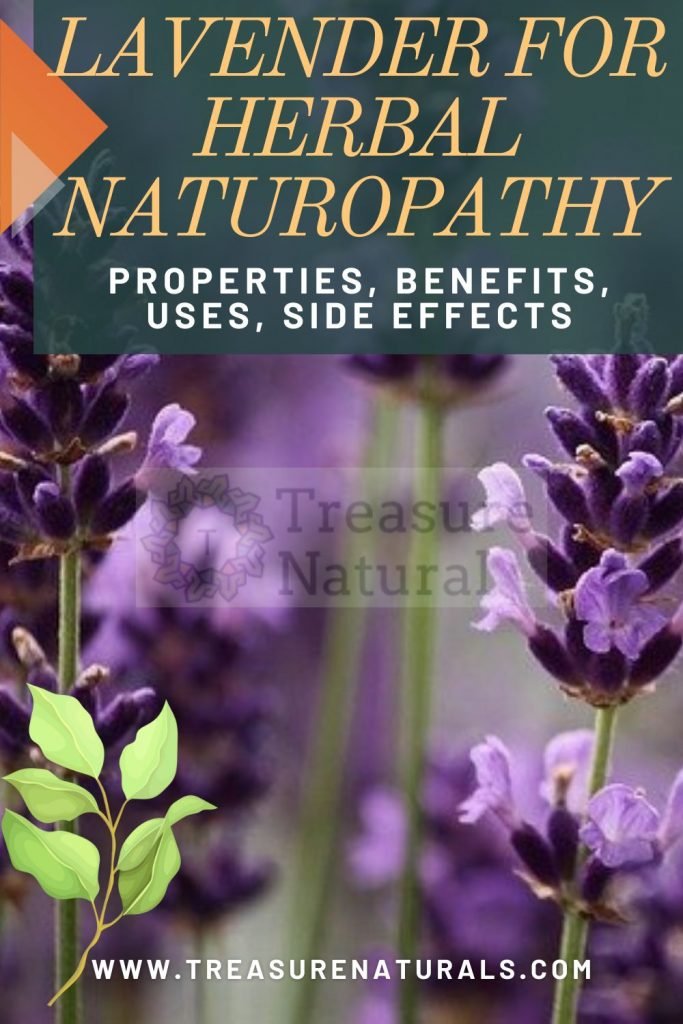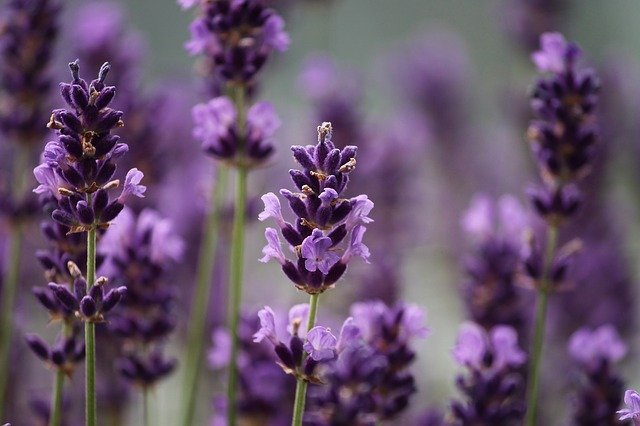
Lavender is an aromatic plant with a thousand benefits, useful for treating numerous ailments and health problems.Lavender is an aromatic plant of the Lamiaceae.
family. Thanks to the properties of its essential oils,lavender is useful for anxiety, insomnia, menstrual pain, insect bites and skin irritations.
Properties of lavender
Lavender flowers are used in phytotherapy and herbal medicine for the numerous properties due to the presence of essential oil, tannins, ursolic acid, flavonoids and bitter substances.
These active ingredients give the plant a sedative and calming action on the nervous system, to be used in case of anxiety, nervousness, headaches and stress and insomnia and to combat gastrointestinal manifestations related to agitation.
Among the benefits of lavender we also find the balsamic action on the respiratory tract that makes this plant an excellent remedy against cooling diseases such as flu, cough, cold and excess phlegm.
In addition, the lavender plant has carminative and antispasmodic properties and is therefore useful to reduce the formation and accumulation of gas at the gastro-intestinal level and to calm spasms and abdominal pain. The antispasmodic action is also useful against menstrual pain.
For external use lavender boasts cleansing, anti-inflammatory, analgesic, antibacterial, healing and decongestant properties. The plant is used to clean up wounds and sores, relieve itching given by hives and insect bites and to reduce irritations of the skin and mucous membranes of the oral cavity. Lavender essential oil is also used in perfumery.
How to perfume home with lavender
To perfume the house with lavender you can use the dried flowers of the plant or essential oil. Dried flowers can be placed in small cotton or tulle bags to perfume cabinets, drawers, shoe racks and keep moths away in the wardrobe. The essential oil of lavender can instead be used in the diffuser or burner to perfume the whole house or used to make chalks perfumes linen.
A trick to perfume the rooms during cleaning is to pour one or two drops on a cotton ball to be vacuumed with the vacuum cleaner or add lavender essential oil to the steam brooms: in this way the scent of lavender will spread throughout the house.
How to use
Indoor use
Lavender herbal tea
Lavender infusion is prepared with a tablespoon of dried flowers per 100 milliliters of water. You can drink it up to three times a day in case of anxiety and agitation or before going to bed to fight insomnia.
Mother tincture of lavender
30 drops diluted in water to be taken up to three times a day, in the presence of meteorism, flatulence, abdominal pain and menstrual pain.
External use
Lavender essential oil can be used pure or diluted in a vegetable oil. One to three drops are used, possibly mixed with a tablespoon of oil, for massages on the skin in case of sunburn, sunburn, burns, wounds, sores, boils, insect bites, urticaria and skin irritations that cause itching and burning. Massages with lavender oil are also useful in case of menstrual pain, muscle pain, and anxiety.
As an alternative to the essential oil you can use lavenderoleolite,obtained from the maceration of lavender flowers in olive oil.
Side effects and contraindications of lavender
There are no particular contraindications in the use of lavender. The essential oil extracted from the plant can be toxic in case of overdose and if taken orally, like all essential oils. Rare cases of allergic dermatitis are also known.
Description of the plant
Lavender is a “suffrutice”, that is, a perennial and woody shrub, which can reach one meter in height develop erect stems and slightly prostrate side branches. Lavender leaves are tightly, rolled up at the edges, hairy and grayish-green in color.
The lavender flower,intensely perfumed, is an inflorescence composed of many small bli-violet flowers, grouped in spikes. The flowers for are collected at the beginning of flowering to extract the essential oil, while for the cosmetic and perfume industries they are collected in full bloom.
Lavender varieties
Lavender includes numerous species and hybrids including Lavandula angustifolia or Lavandula officinalis or Lavandula spica,known as true lavender, and Lavandula latifolia called lavender aspic. Lavender hybrids are commonly referred to as sinks.
Lavender habitat
Native to the Mediterranean scrub, lavender is a plant that resists very well both to scorching temperatures and to the harsh winter ones. It grows well in dry, calcareous and deep soils; poorly tolerates acidic ones; while it fits well with alkaline ones. There are various species of spontaneous lavender that have different ranges of diffusion even if they all lead back to the Mediterranean region.
The species present at altitudes above 500-600 m.
How to grow lavender
The cultivation of lavender is not particularly difficult and can be successfully carried out both in the garden and in pots. As we have seen, lavender adapts well to summer and winter temperatures and can therefore be grown outdoors all year round. The plant should be placed in a sunny position and irrigated in moderation, only when the soil is dry or on very hot days.
If you choose to grow lavender in pots, the container will have to be medium-large in size. It is also necessary to pay attention to irrigation, avoiding stagnation of water in the saucers and fertilizing the plant two to four times a month during spring and summer.
Background

The origin of lavender is very ancient and its use has practically always accompanied the history of man. The Ancient Romans used bunches of lavender in the water of the thermal baths and used the flowers to obtain perfumes and in the preparation of decoctions and infusions used for the beauty of the skin and hair.
In a more recent past we know that in every town or country house there was no wardrobe or chest of drawers that did not have lavender bags to perfume the linen and keep moths away. Even today lavender is widely used for the home and in perfumery, cosmetics, herbal medicine and phytotherapy.






